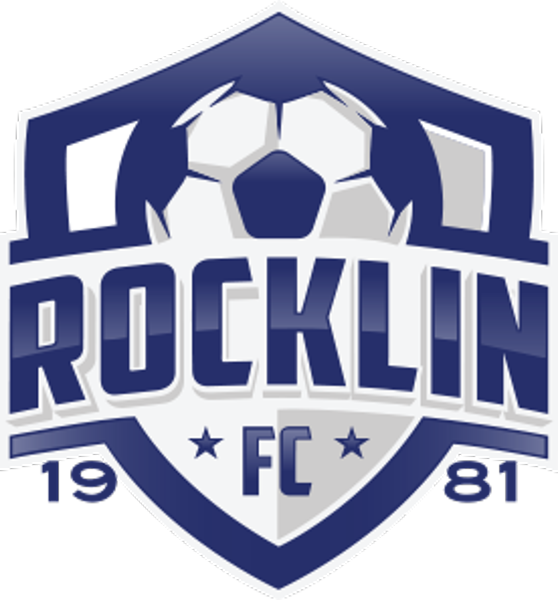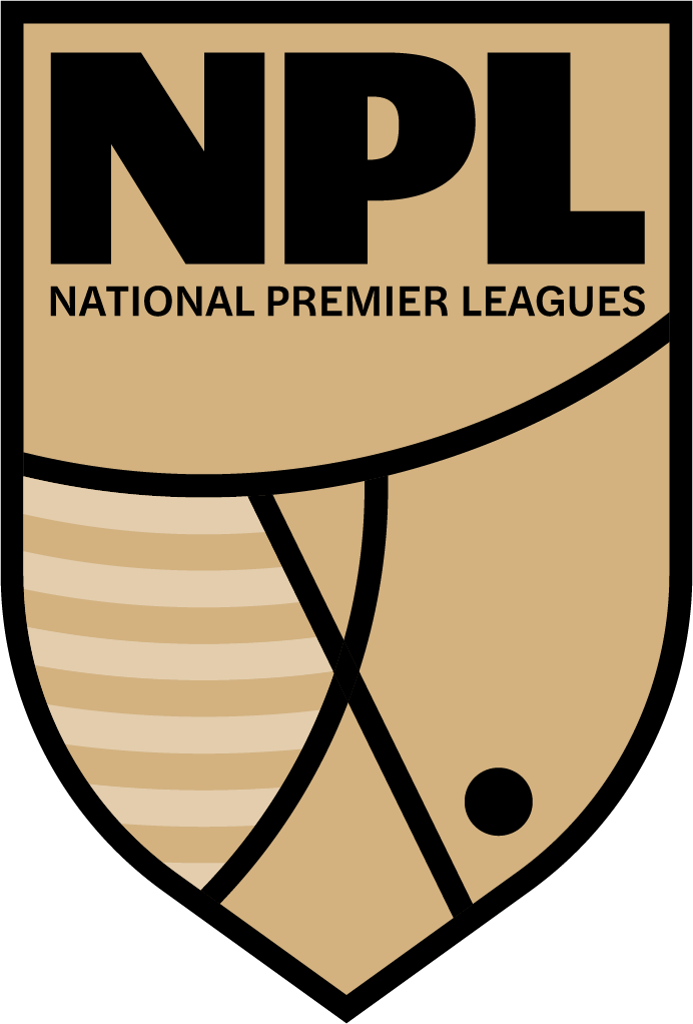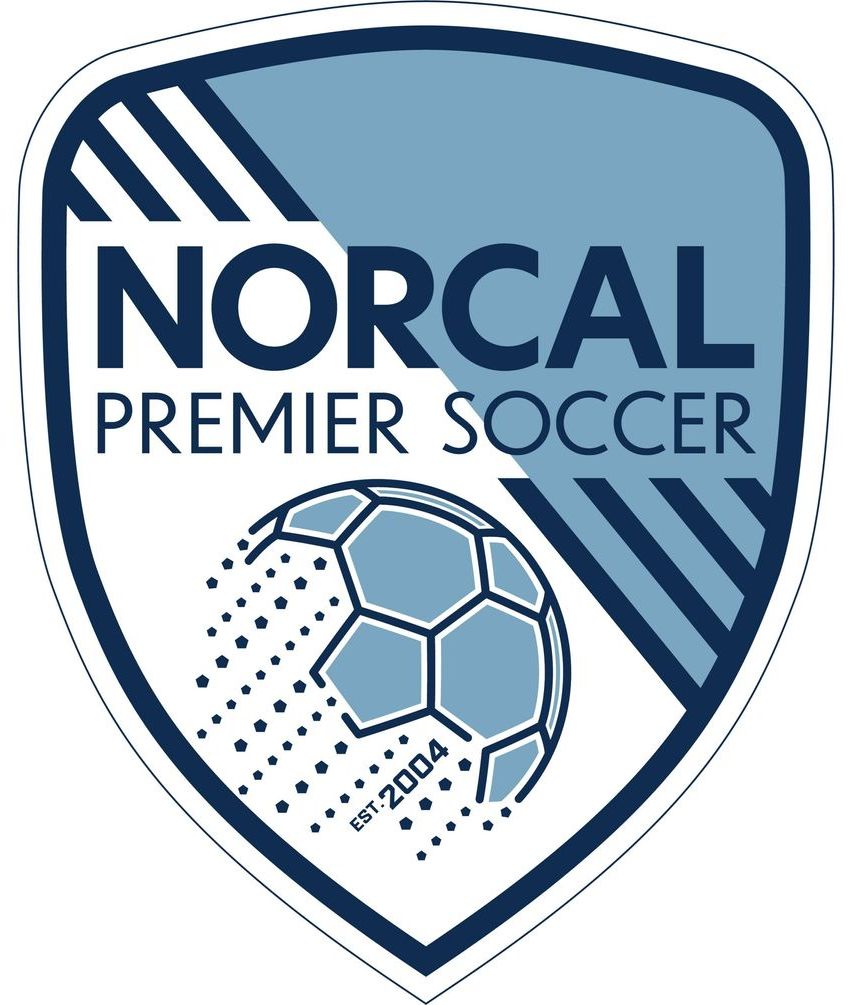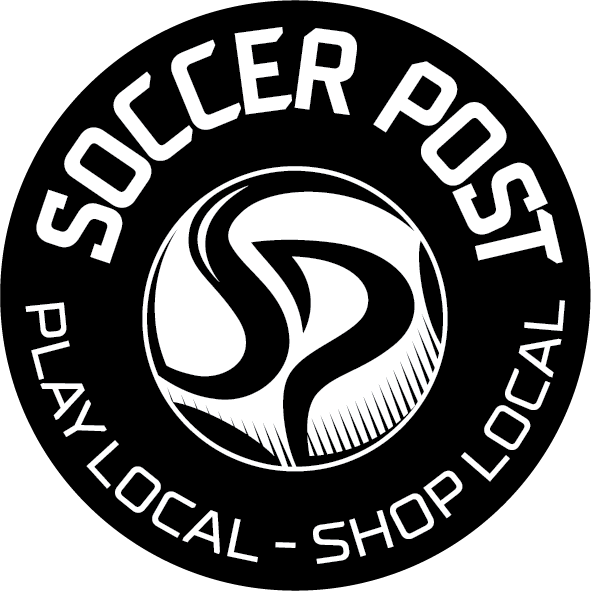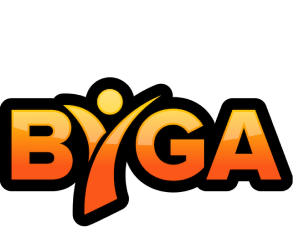CONCUSSION INFORMATION
CONCUSSION POLICY
On January 1, 2017, California Assembly Bill 2007 took effect statewide. The link for Assembly Bill No. 2007 follows. Please read the state law by clicking or copying the link below into your browser:
http://leginfo.legislature.ca.gov/faces/billTextClient.xhtml?bill_id=201520160AB2007
The Rocklin Youth Soccer Club (aka. Rocklin F.C. or Rocklin Futbol Club), Calnorth, U.S. Club soccer, and NorCal Premier enacted a Concussion Policy and have also mandated that each participating member have such a policy in place. With the passing of Assembly Bill 2007, it is now REQUIRED to provide parents and players with information from the Center for Disease Control (CDC) in regards to concussions. You can find that information by following the links below, and the supplemental information at the end of this PIM.
- For parents of players in CCSL: http://calnorth.org/app/uploads/2017/02/Parents-Concussion.pdf
- For players in CCSL: http://calnorth.org/app/uploads/2017/02/Athletes-Concussion.pdf
- For parents of players in NorCal: http://www.ussoccer.com/~/media/files/federation-services/sports-medicine/2015-concussion-docs/ussf-cdc-a-fact-sheet-for-parents.pdf?la=en
- For Players in NorCal: http://www.ussoccer.com/~/media/files/federation-services/sports-medicine/2015-concussion-docs/ussf-cdc-a-fact-sheet-for-athletes.pdf?la=en
- NorCal Concussion information page: http://norcalpremier.com/resources/head-injury-prevention-protocol/
ALL players currently participating in soccer related activities, AND their parents (if the player is 17 years of age or younger), must review the information above, sign the CDC document and return the signed form to the Club. This form will be required annually and will be completed as part of the normal registration process and before the athlete begins practice or competition.
Note: Each R.Y.S.C./R.F.C. coach and administrator (board members) is REQUIRED to successfully complete the concussion education at least once, either online or in person, before stepping on to the field to coach. A certificate of completion will be required and must be provided to the Team Manager Coordinators for both the Recreation and Competitive programs and then forwarded to the appropriate club registrar.
Heads Up online training video for Parents:
http://www.cdc.gov/concussion/HeadsUp/Training/HeadsUpConcussion.html
Required Heads Up online training video for Coaches:
https://www.cdc.gov/headsup/youthsports/coach.html
We as a Club ensure compliance with the requirements for providing education, and with the athlete removal provisions and the return-to-play protocol. Coach certificates of completion shall be forwarded to the appropriate registrar (Competitive or Recreation).
PIM 021 – Concussion Policy
The Rocklin Youth Soccer Club (RYSC) recognizes the need for increased awareness regarding concussions. RYSC has created the following Policy to provide Competitive and Recreational coaches, officials, parents, and players with guidelines for recognizing signs of a concussion, procedures to follow when a concussion is suspected, as well as policy concerning the return to play for an affected player.
DEFINITION
Concussion is well known to be a common injury in soccer. Concussions range from mild to severe and can occur at any age, and under varying circumstances.
A concussion is an alteration of brain function that can typically come from a blow to the head, but can also occur when sudden forces are applied elsewhere on the body and the forces are transferred to the head. For instance, a blow to the chest can cause a concussion. Loss of consciousness is a key, but NOT a required factor in the diagnosis of concussion. An individual may be concussed without a loss of consciousness. A player showing signs of a concussion must be removed from the field and kept out of the training session or game.
RECOGNITION
Recognizable signs of concussion include:
- Short-term memory loss. The player doesn’t remember the immediate past: the injury, the action that preceded it, the score of the game, or who last scored.
- Poor physical coordination. The player seems “out of sync” physically or verbally with teammates, or appears to be having difficulty moving with ease around the field.
- Slurring or incoherent speech. The player’s words are slurred, or the player says or repeats phrases or sentences that make no sense.
- A blank stare or display of disproportionate emotions.
Simple questions can be asked to further assess the player. “Simple” means exactly that. The questions should elicit easy and obvious answers. For example, “What’s your name?” “Where are you?” “Why are you here?” Alternatively, the player could be asked to follow simple directions, such as “put your gear down” or “stand next to me.”
RESPONSE
A player showing any of the signs of a concussion must be removed from the field and kept out of the training session or game.
Additionally, the player must be observed carefully for at least the next 30 minutes for any additional signs of concussion. Nausea and vomiting, disorientation, dizziness, momentary loss of consciousness, amnesia or persistent confusion can indicate a more serious concussion requiring medical attention.
SPECIAL CONSIDERATION
In addition to the standard response for suspected concussion, if any of the following is observed by any coach, player, official, or spectator following physical impact, immediate, qualified emergency medical assistance should be obtained. It is important to choose to err on the (recommended) side of caution.
- The athlete goes limp, even for an instant.
- The player’s eyes are closed and the player does not or apparently cannot open them.
- The player is unresponsive to voice commands, questions or statements.
- The player is unresponsive to tactile stimulus, such as a sharp hand or finger squeeze.
RETURN TO PLAY
A player who has sustained a concussion or has lost consciousness at any time during a game or practice should not play, practice, or take part in physical activity until she has written clearance from a qualified healthcare provider who has administered a neurological examination. A graded return-to-play protocol must be followed prior to resumption of full sporting activity. An athlete must be symptom-free at rest and with exercise prior to return-to-play.
An accurate diagnosis is the purview of qualified medical personnel.
IF IN DOUBT, SIT THE PLAYER OUT
SUPPLEMENTAL INFORMATION:
The links below are for information provided by the Centers for Disease Control and Prevention (CDC). Their “Heads Up: Concussion in Youth Sports” initiative gives coaches, parents, and players facts about concussions, signs and symptoms, and suggestions for prevention and treatment.
Heads Up online concussion training video:
http://www.cdc.gov/concussion/HeadsUp/Training/HeadsUpConcussion.html
Coaches Information Fact Sheet:
https://www.cdc.gov/headsup/pdfs/youthsports/coaches_engl.pdf
Parents Information Fact Sheet:
https://www.cdc.gov/headsup/pdfs/youthsports/parents_eng.pdf
Players Information Fact Sheet:
https://www.cdc.gov/headsup/pdfs/youthsports/factsheet_athletes_ages11-13-a.pdf
https://www.cdc.gov/headsup/pdfs/youthsports/factsheet_athletes_ages14-18-a.pdf
In accordance with the California Concussion Safety Law (AB 2127) When an athlete has sustained a suspected Concussion the following steps are used:
1. Remove from play- Initial Evaluation/refer to Physician
Athlete must be supervised/Parent must be contacted
2. 7 days with no symptoms before returning to contact/live play
(athlete should be checking in daily with coach/ATC)
3. IF/when Asymptomatic (NO symptoms)-
GRADUAL return to activity---See CDC recommendations below
4. STOP if symptoms appear- back to step one (remove from play)
5. Post Injury Online Assessment
6. Must be released by M.D.
Gradual Return to Play (From the CDC “Heads Up on Concussions”):
Step 1: Light Aerobic Exercise
- The Goal: only to increase an athlete’s heart rate.
- The Time: 5 to 10 minutes.
- The Activities: exercise bike, walking, or light jogging.
- Absolutely no weight lifting, jumping or hard running.
Step 2: Moderate Exercise
- The Goal: limited body and head movement.
- The Time: Reduced from typical routine
- The Activities: moderate jogging, brief running, moderate-intensity stationary biking, and moderate-intensity weightlifting
Step 3: Non-contact Exercise
- The Goal: more intense but non-contact
- The Time: Close to Typical Routine
- The Activities: Running, high-intensity stationary biking, the player’s regular weightlifting routine, and non-contact sport-specific drills. This stage may add some cognitive component to practice in addition to the aerobic and movement components introduced in Steps 1 and 2.
- Successful completion of a Post Injury Concussion Assessment (see baseline info above)
- Physician Clearance to return to "contact" activity
Step 4: Practice
- The Goal: Reintegrate in full contact practice.
- Must pass ALL post injury assessments at or above baseline levels
- Must have Physician's release on file before returning to practice
Step 5: Play
- The Goal: Return to competition
IF SYMPTOMS (no matter how minor) RETURN AT ANY POINT the athlete is returned to the previous "step"
Every athlete is different and there is no time-table for recovery. While most athletes will recover from concussion in 2-3 weeks, for some it could take 6 months to a year for a full recovery.
Finally, the Rocklin Youth Soccer Club requires that a coach, referee, or parent must complete the concussion notification form
Please take five minutes out of your day to watch the following United States Soccer Federation video titled “Recognized to Recover.”
http://www.recognizetorecover.org/#us-soccers-comprehensive-player-health-and-safety-program
